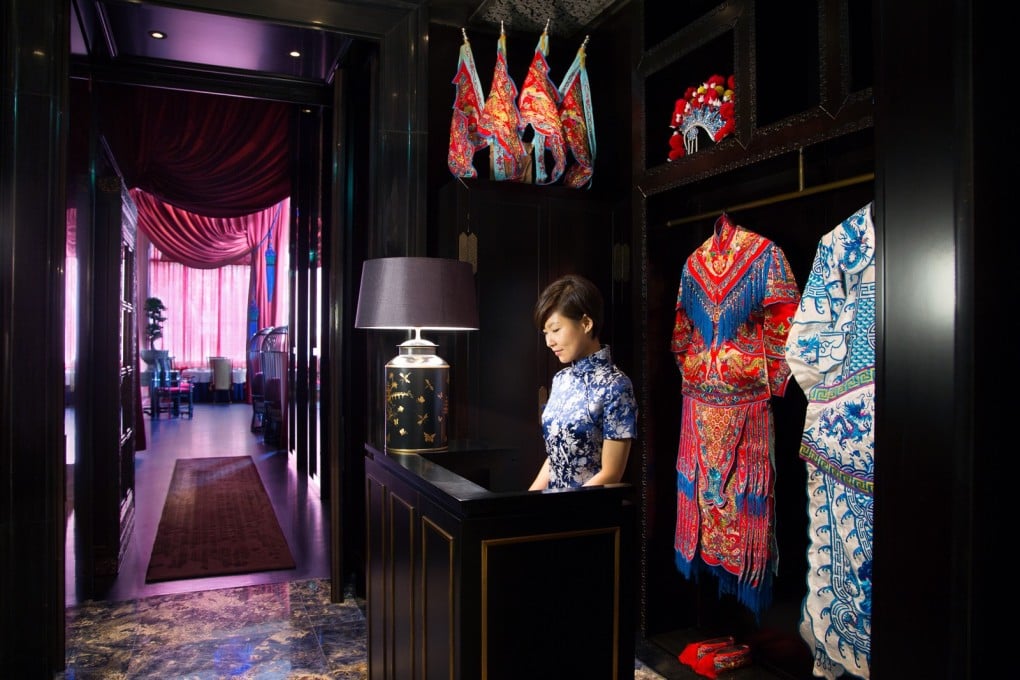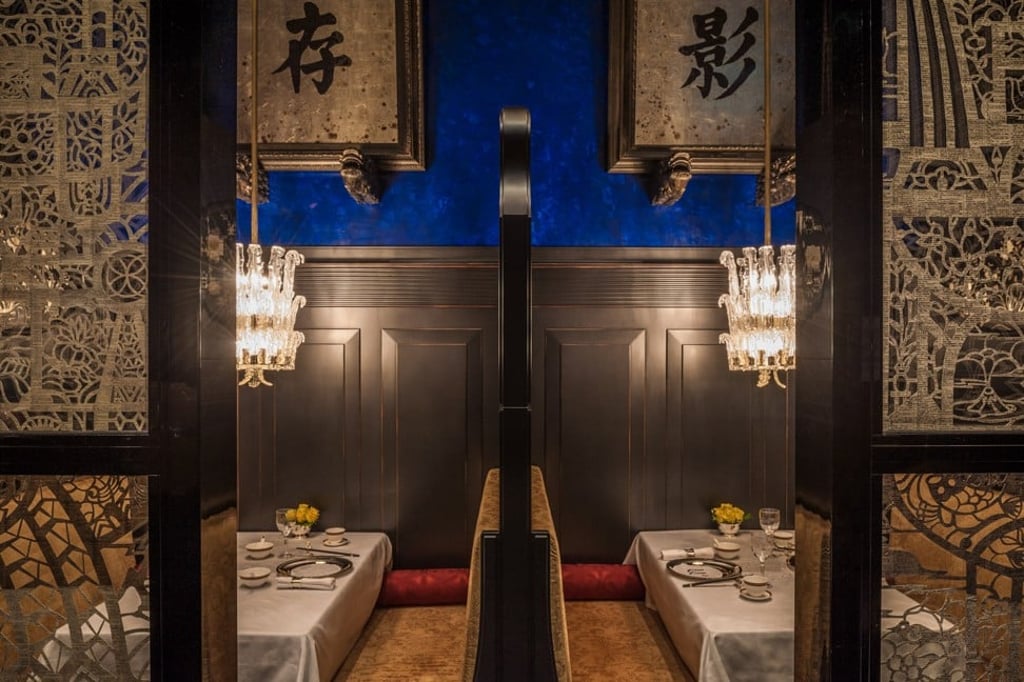Paris’ Chinese restaurant revolution: where to eat the best regional fare in the capital, from high-end to humble
- For decades, Chinese food in Paris consisted largely of buffet trays of sweet and cloying meats, rice and vegetables. But things are changing
- From fine Cantonese dining and humble Sichuan to contemporary cuisine these restaurants are introducing Parisians to real Chinese food

It’s a statement that would probably cause the people of Lyon to take up arms, but Paris is undoubtedly France’s gastronomic capital, thanks to the quality and consistency of the city’s restaurants.
From humble roast chicken on market rotisseries to brasseries, bistros and Michelin-starred temples of haute cuisine, it’s a global dining destination with few equals.
But compared to iconic food cities such as New York or Hong Kong, the City of Lights historically lacked true global diversity of flavours and cuisines.
When I lived in Paris 20 years ago, Chinese food, for example, consisted largely of buffet trays of meats, rice and vegetables, all sweet and slightly cloying. One popular dish wasn’t even particularly Chinese: salad spring rolls.

Happily, things have changed remarkably since, and a number of establishments from haute to humble are introducing Parisians to genuine regional Chinese cuisines.
Just steps from the Arc de Triomphe at the top of the Champs-Élysées, the elegant Peninsula Paris is home to LiLi, one of the most striking Chinese restaurants anywhere in Europe, let alone France.